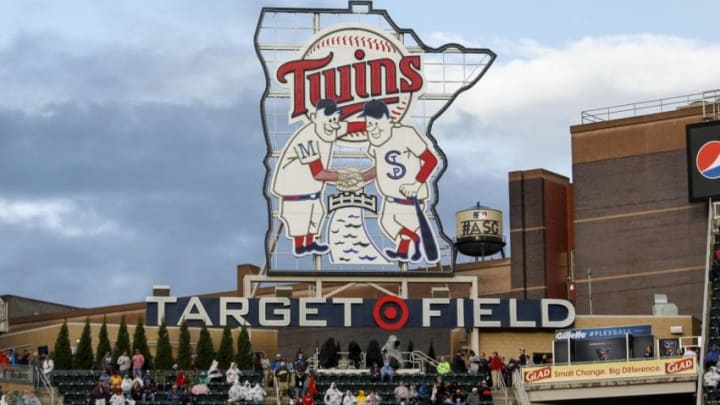
Minnesota Twins: The Franchise All-Time Bracket
No. 3 vs. 6 seed
The 1991 Twins capped a thrilling season with a seven-game World Series victory over the Atlanta Braves, winning the seventh game 1-0 behind Jack Morris’ 10-inning shutout. It was one of the classic games in baseball history.
During the regular season, Puckett hit .319 to lead the team while DH Chili Davis added 29 home runs and 93 RBIs.
Morris was 18-12 in the regular season but went 4-0 in that post-season with a 2.23 ERA. Scott Erickson was 20-8.
The 1970 Twins presented a deep offensive cast led by Carew (.366 in an injury-marred year), and Oliva (.325). Killebrew hit 41 home runs and drove in 113, while Oliva added 107.
Jim Perry’s 24-12 record led the pitchers. Perry made 40 starts and pitched 279 innings.
Game 1: The 1970 team went 98-64 for a .605 regular-season percentage. The 1991 champs went 95-67, three games worse.
Game 2: The 1991 team had a .667 post-season record. The 1970 Twins lost a three-game ALCS to Baltimore without a win.
Game 3: The Oliva-Carew-Killebrew Twins still managed only a 98 OPS+. That won’t keep up with the 1991 Twins’ 107 OPS+.
Game 4: In ERA+, the 1970 team was slightly superior. Its staff total was 118, two points better than the Morris-led 1991 Twins.
Game 5: The 1991 Twins had a 50.5 WAR. That’s a franchise high, and easily beats the 1970 team’s 44.8 WAR.
Game 6: In 1991, the Twins fielded .985, four points better than the AL average. In 1970, the Twins fielded .980. That beat the AL average by two points…good, but not good enough.
Result: 1991 in six games
